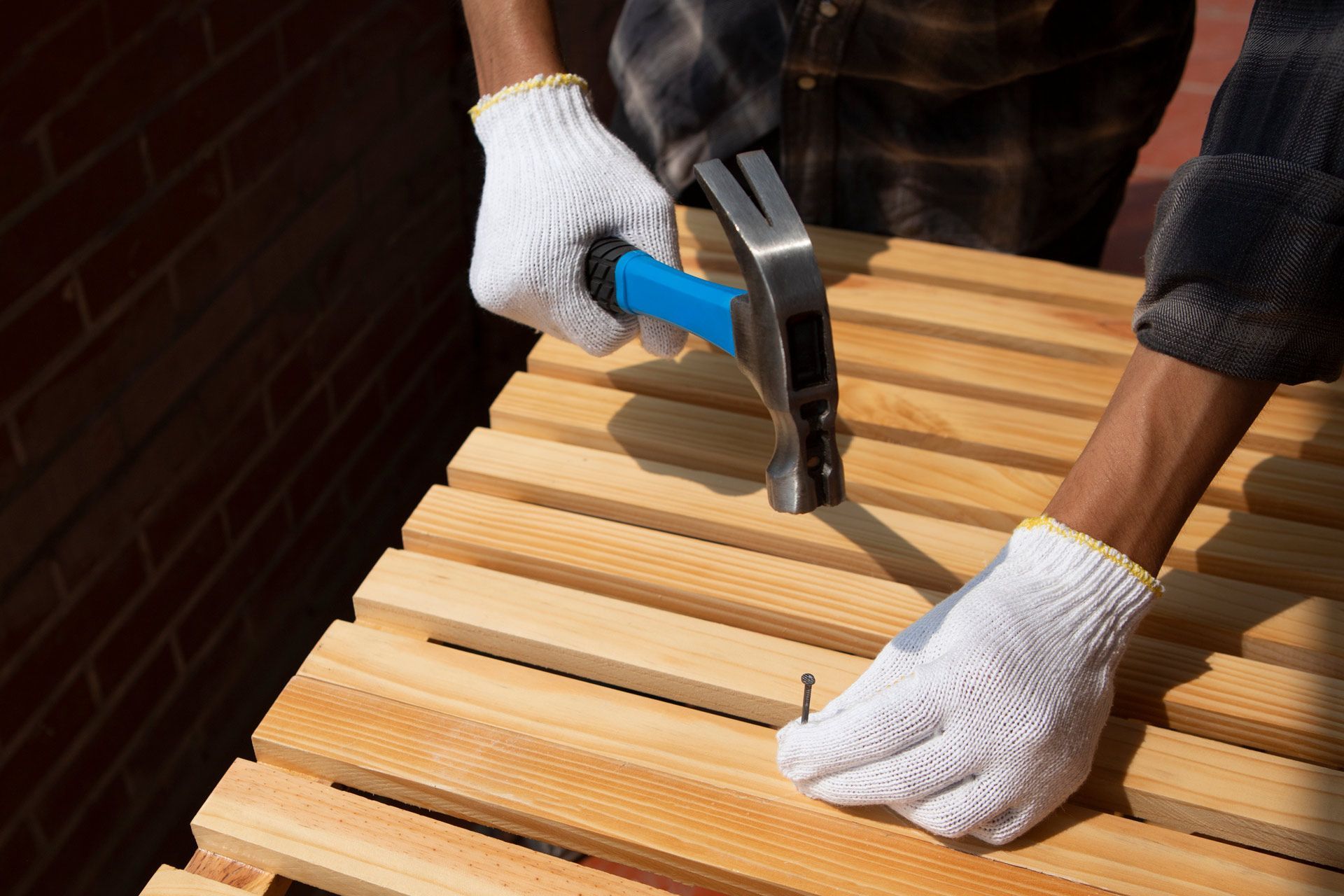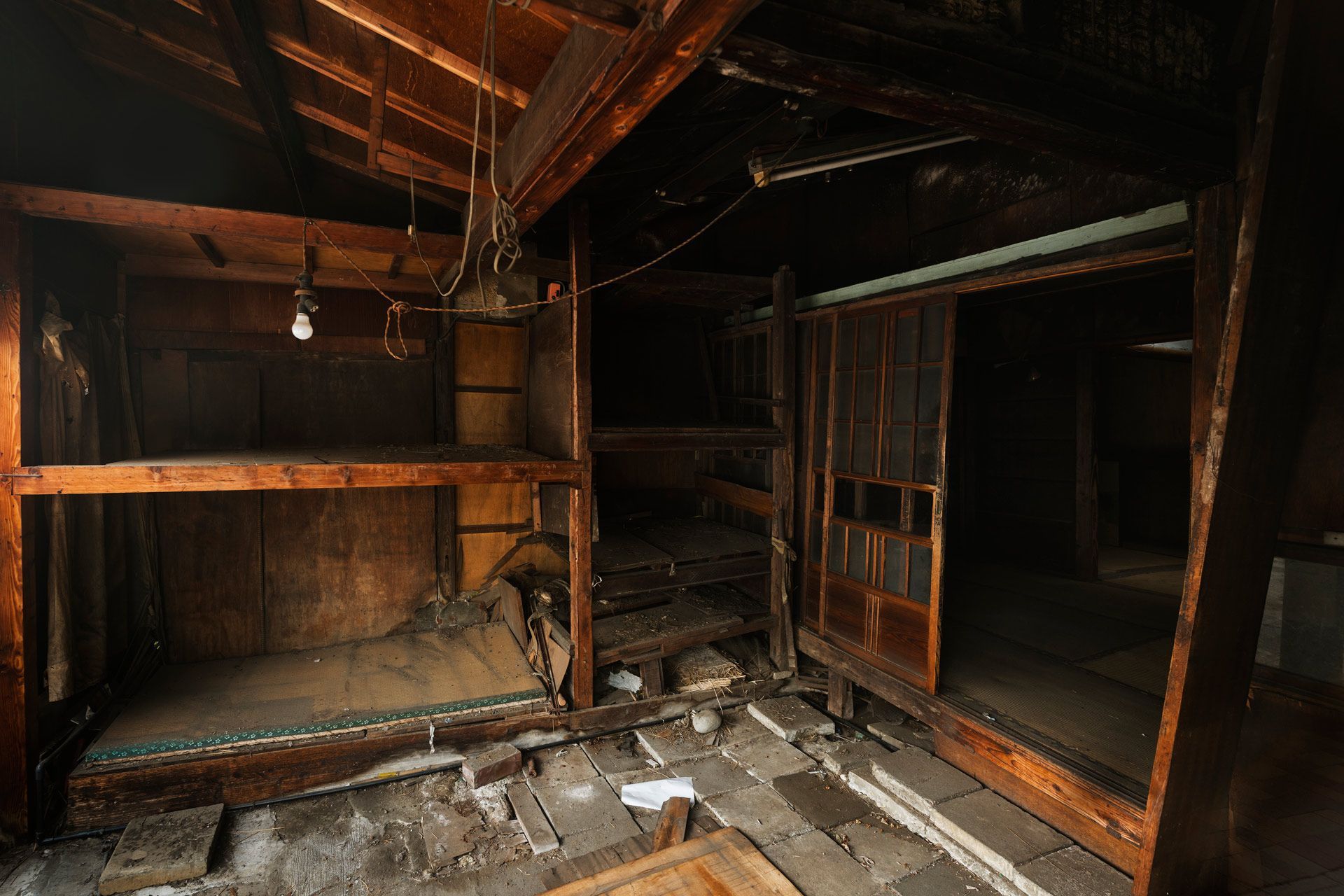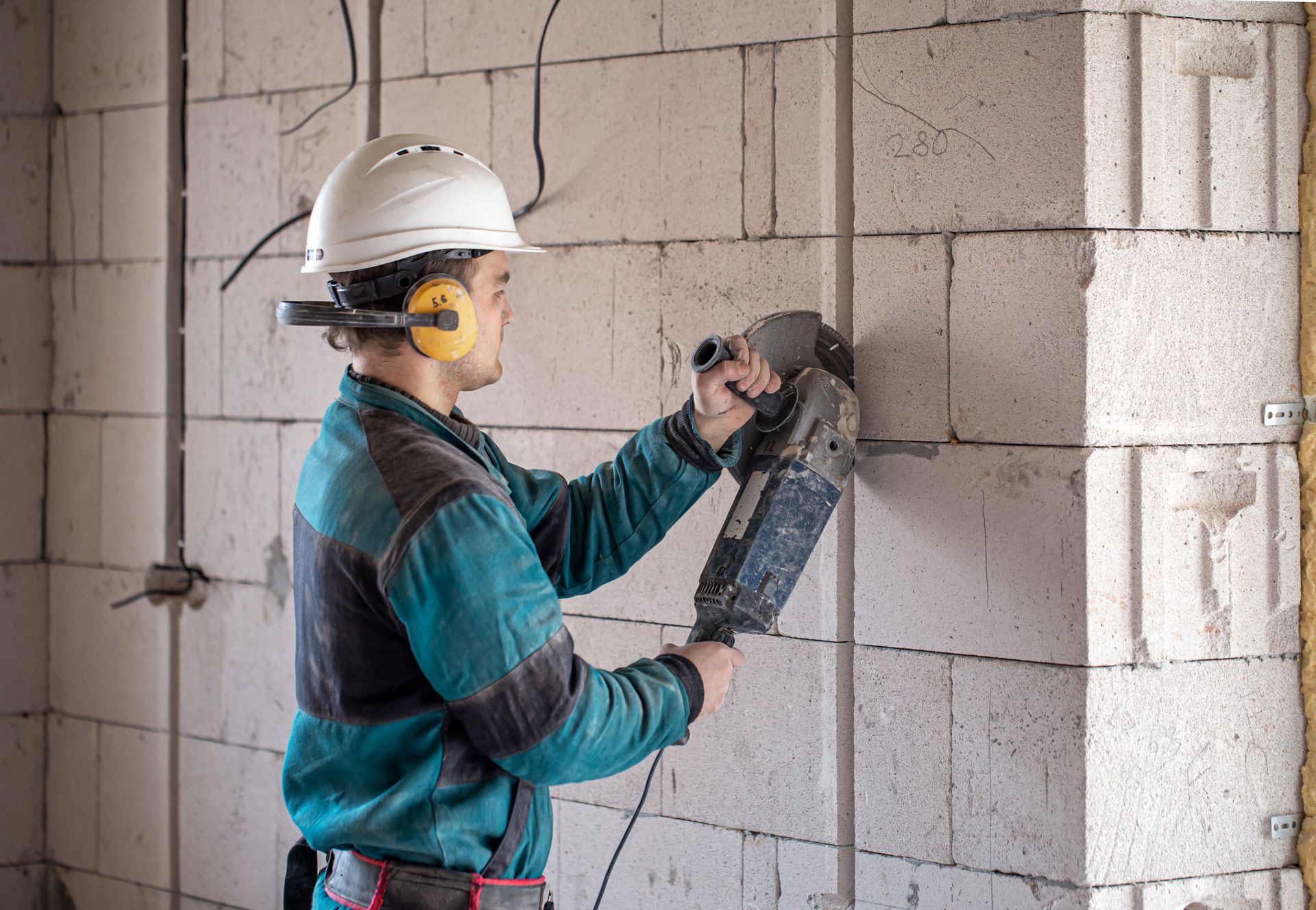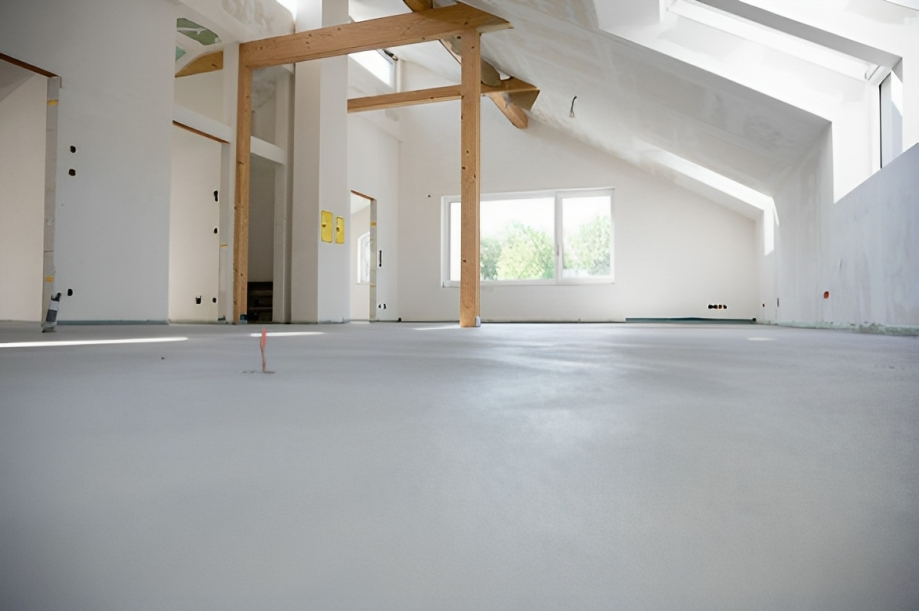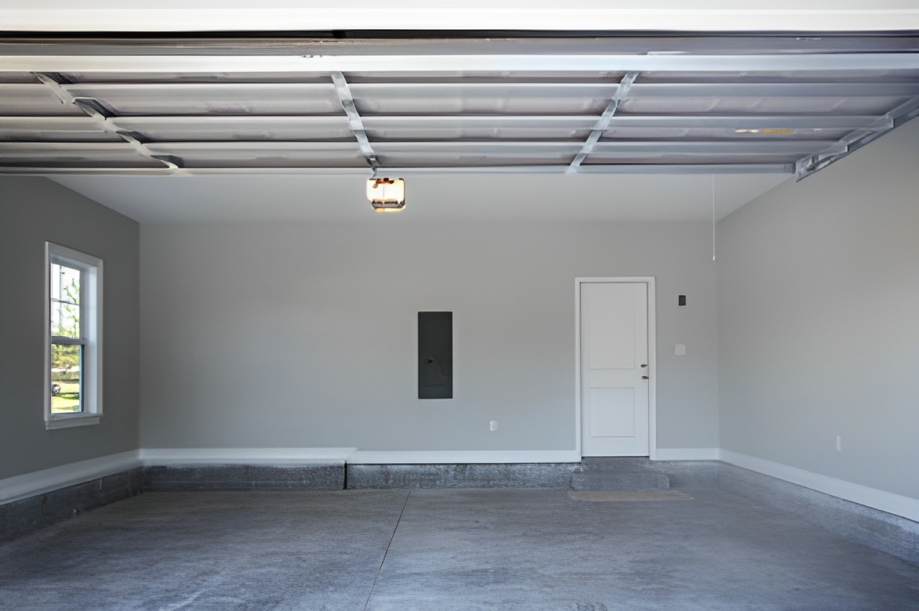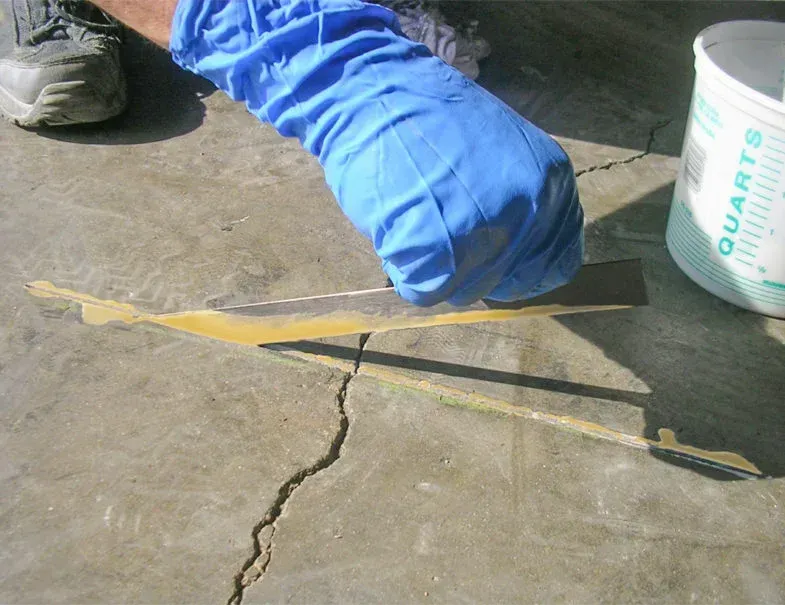
Common Structural Issues in New Constructions: What to Watch For
Many buyers think new homes are problem-free. That's not always true. Even brand-new houses can have hidden structural issues that might cause big headaches later.
The most common structural problems in new construction homes include foundation cracks, framing defects, and moisture-related damage. These issues often result from rushed construction timelines, inexperienced workers, or cost-cutting measures by builders trying to meet deadlines.
Knowing what to look for can save you thousands in future repairs. This guide covers the warning signs, how to spot them, and what to do if you find problems in your new home.
Understanding Structural Problems in New Homes
Why New Homes Can Have Structural Issues
New doesn't always mean perfect. Today's homes are built faster than ever before. This rush can lead to mistakes. Some common causes of structural problems in new homes include:
- Fast-track building schedules that don't allow proper curing time
- Inexperienced workers doing complex jobs
- Cutting corners to save money
- Poor soil testing before building
- Bad weather during key construction phases
When builders hurry, they might skip steps or use lower-quality materials. This can create problems that show up months or years later.
The Importance of Early Detection
Finding structural issues early is key. Small problems can grow into big, expensive ones if ignored. For example, a tiny foundation crack might start at $500 to fix but could lead to $20,000+ in repairs if water damage spreads.
Early signs often include:
- Small cracks in walls or floors
- Doors that stick or won't close properly
- Windows that are hard to open
- Uneven floors
- Water stains on walls or ceilings
Catching these problems during the builder's warranty period means you'll likely pay nothing for repairs.
Foundation Problems in New Construction
Slab Cracks and Their Causes
Concrete slabs need time to cure properly. When rushed, they can crack. Not all cracks mean trouble, but some do.
Hairline cracks (less than 1/8 inch wide) are usually normal settling. But watch for:
- Cracks wider than 1/4 inch
- Cracks that are wider at one end
- Horizontal foundation cracks
- Cracks with water seepage
These could signal bigger problems with the foundation. The main causes include:
- Poor soil compaction before pouring
- Concrete that dried too quickly
- Improper mixing of concrete
- Heavy loads before full curing
Settlement Issues and Warning Signs
All houses settle a bit after construction. Normal settling creates small, thin cracks. But excessive settlement means something's wrong.
Signs of bad settlement include:
- Doors and windows that stop working right
- Cracks that form a stair-step pattern in brick or block
- Visible sloping of floors
- Large cracks in the foundation
- Separation between walls and ceilings
These issues often happen when the soil under the house wasn't prepared right or when the foundation wasn't built to handle the soil type.
Poor Drainage Systems
Water is a home's worst enemy. New homes should have good drainage, but many don't. Bad drainage can wash away soil under the foundation, causing sinking and cracking.
Look for:
- Standing water near the foundation
- Gutters that overflow or leak
- Downspouts that dump water right at the foundation
- Soil that slopes toward the house instead of away
Good homes should have soil that slopes 6 inches down over the first 10 feet away from the foundation.
Framing and Support Structure Issues
Load-Bearing Wall Problems
Load-bearing walls hold up the weight of your house. Problems here are serious. In new construction, these walls sometimes aren't built strong enough.
Warning signs include:
- Sagging ceilings
- Cracks above door frames
- Doors that swing open or closed by themselves
- Visible bowing in walls
These problems might mean the wall studs are too far apart or not properly connected to the foundation or roof structure.
Roof Truss and Ceiling Joist Defects
Your roof structure must be strong to hold up against wind, rain, and snow. New home roof problems include:
- Trusses installed backward or upside-down
- Missing hurricane clips or brackets
- Improperly spaced roof joists
- Notched or cut structural beams where they shouldn't be
Signs of these issues include sagging roof lines, ceiling cracks, or bouncy floors in two-story homes.
Wood Rot in New Construction
Surprisingly, even new houses can have wood rot. This happens when lumber gets wet during construction and is then closed up inside walls before drying.
Signs to watch for:
- Musty smells
- Soft spots in floors
- Warped wood
- Visible mold or discoloration
Wood with over 20% moisture content can grow mold and start to rot, even in brand-new homes.
Moisture and Water-Related Damage
Plumbing Leaks and Their Impact
Plumbing problems in new homes often come from rushed work. Common issues include:
- Improperly sealed connections
- Pipes not properly insulated in exterior walls
- Poorly installed shower pans or tub surrounds
- Incorrect pipe slope in drains
Even small leaks can cause major damage over time. Watch for water stains, warped flooring, or unusually high water bills.
Improper Waterproofing
New homes should have several water barriers, especially in basements, bathrooms, and exteriors. When these are missing or poorly installed, water gets where it shouldn't.
Key waterproofing elements include:
- Proper window flashing
- Correctly installed house wrap
- Basement wall waterproofing
- Shower and tub waterproofing membranes
Signs of problems include water stains, peeling paint, or mold growth.
Basement and Crawlspace Vulnerabilities
Below-grade spaces need special attention. In new homes, common problems include:
- Missing or improperly installed vapor barriers
- Inadequate foundation waterproofing
- Poor ventilation in crawlspaces
- Missing or clogged foundation drains
These issues can lead to mold, wood rot, and even foundation damage if not fixed.
How to Identify These Issues During Home Inspection
What to Look For Yourself
Even without special training, you can spot many warning signs:
- Check for cracks in walls and floors
- Look for doors and windows that stick
- Test all plumbing fixtures
- Check for level floors using a marble (it shouldn't roll)
- Look for water stains on ceilings and walls
- Check the basement or crawlspace after rain
Take pictures of anything that looks wrong, even if small. These can be important if problems grow later.
When to Call a Professional Inspector
Some issues need expert eyes. Consider hiring specialists for:
- Foundation assessment
- Structural engineering review
- Moisture testing
- Roof inspection
Most importantly, don't skip the home inspection, even for new construction. Professional inspectors find problems you might miss. Many buyers of new homes skip this step and regret it later.
Solutions for Common Structural Problems
DIY vs. Professional Repairs
Some small issues you can fix yourself:
- Caulking minor cracks
- Improving drainage with extensions on downspouts
- Adding dehumidifiers to damp basements
- Adjusting doors that stick
But leave these to pros:
- Foundation repairs
- Structural framing issues
- Major water problems
- Support wall modifications
Trying DIY fixes on serious structural issues can make them worse or void your warranty.
Preventative Maintenance Tips
Stop problems before they start:
- Clean gutters regularly
- Keep soil graded away from foundation
- Fix small cracks before they grow
- Control moisture with proper ventilation
- Check for leaks after heavy rain
Regular checks of your home can catch issues when they're small and cheaper to fix.
Protecting Your Investment
Builder Warranties and What They Cover
New homes typically come with warranties:
- 1-year warranty on most components
- 2-year warranty on mechanical systems
- 10-year warranty on major structural elements
Know what your warranty covers and when it expires. Some issues must be reported within specific timeframes.
Keep all warranty documents and builder communication. Follow the proper process for reporting problems to avoid warranty claim denials.
Documentation and Communication with Builders
When you find issues:
- Document with photos and notes
- Report problems in writing, not just verbally
- Follow up if repairs aren't made
- Keep copies of all communication
If builders don't respond, you may need to contact local building officials or consult a construction attorney.
Take Action Today
Don't wait for small problems to become big disasters. If you've noticed any warning signs in your new home, act now. Early intervention saves money and protects your home's value.
Structural Works Group specializes in identifying and fixing structural issues in homes throughout Charlotte, Concord, Gastonia, Mooresville, and Shelby. Our services include:
- Structural repair
- Foundation repair
- Home inspection repairs
- Crawlspace remediation
- Basement wall and concrete slab repairs
- Wood deck inspection and repair
- FHA, VA and HUD foundation repairs
Our experts can spot problems others miss and provide lasting solutions. Contact us today for a thorough inspection of your new home. Peace of mind is just a phone call away.


